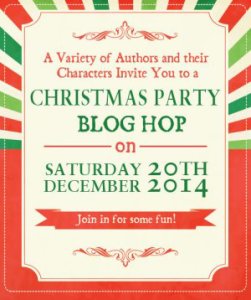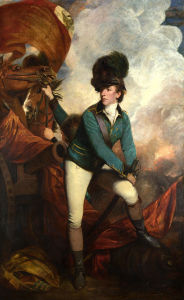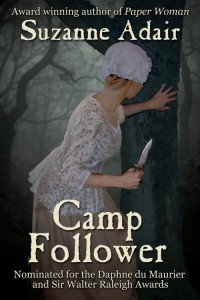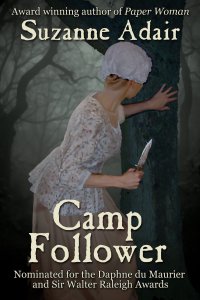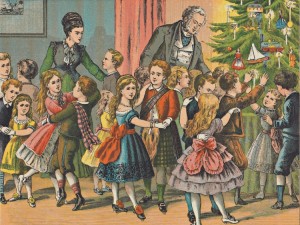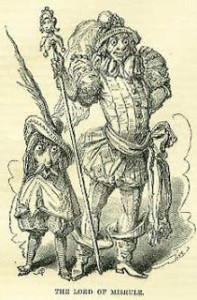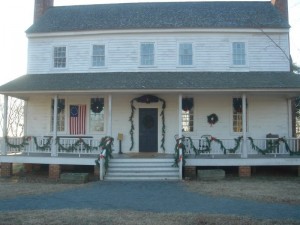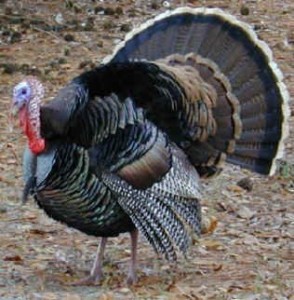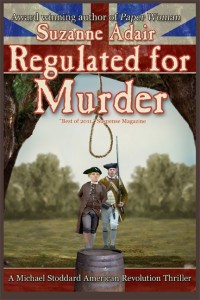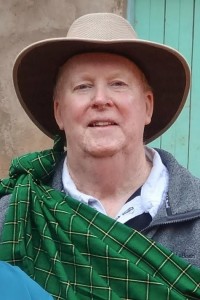 Relevant History welcomes back Warren Bull, an award-winning author with more than a hundred published short stories. His novels Abraham Lincoln for the Defense and Heartland plus short story collections Murder Manhattan Style and No Happy Endings are available on Amazon.com. He is an active member of Mystery Writers of America and a lifetime member of Sisters in Crime with no hope of parole. He is a fierce competitor at trivia contests. He claims to come from a functional family. His novel Abraham Lincoln in Court & Campaign will be released early 2017. To learn more about him and his books, visit his web site, and follow him on Facebook, Twitter, and Goodreads.
Relevant History welcomes back Warren Bull, an award-winning author with more than a hundred published short stories. His novels Abraham Lincoln for the Defense and Heartland plus short story collections Murder Manhattan Style and No Happy Endings are available on Amazon.com. He is an active member of Mystery Writers of America and a lifetime member of Sisters in Crime with no hope of parole. He is a fierce competitor at trivia contests. He claims to come from a functional family. His novel Abraham Lincoln in Court & Campaign will be released early 2017. To learn more about him and his books, visit his web site, and follow him on Facebook, Twitter, and Goodreads.
*****
Historians frequently dismiss Abraham Lincoln as one of the least inclined of American presidents to celebrate Christmas. After all, Lincoln did not have a Christmas tree and did not send out Christmas cards, and every Christmas day in the White House during Lincoln’s administration was a workday.
In fact, while in Congress, Lincoln voted against making Christmas a holiday. So was he a Scrooge?
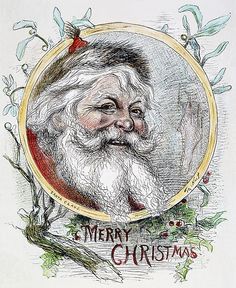 Christmas became popular in the 1840s, driven in part by emerging technology that improved newspaper presentation. Drawn images started to become part of publishing, both in newsprint and in magazines. Queen Victoria advanced the tradition of the Christmas tree. A published drawing showing her decorating her tree was the impetus that popularized the practice in the United States.
Christmas became popular in the 1840s, driven in part by emerging technology that improved newspaper presentation. Drawn images started to become part of publishing, both in newsprint and in magazines. Queen Victoria advanced the tradition of the Christmas tree. A published drawing showing her decorating her tree was the impetus that popularized the practice in the United States.
Christmas cards, Christmas carols, and Dickens himself as well as Clement Clark Moore’s poem “A Visit from Saint Nicholas” combined to unify Christmas as more than just a day of family feasting or church going for the American public in the 1840s and 1850s. When Lincoln was President, most people did not have Christmas trees or Christmas cards./p>
The famous vote that Lincoln took against Christmas came in his term in the state legislature in Illinois. Lincoln felt state workers did not need another paid day off that regular folks themselves would not receive.
In 1861 Lincoln hosted a Christmas party at the White House. In 1862 he spent Christmas visiting soldiers at area hospitals. In 1863 he visited Union soldiers with his son Tad, bearing Christmas gifts of books and clothing marked “From Tad Lincoln.”
Lincoln was keenly aware of what Christmas meant to all Americans—both North and South. And he used Christmas and the symbolism of Santa Claus especially to great effect in prosecuting the war.
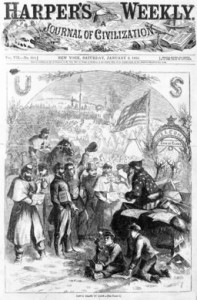 Christmas of 1863 saw the Union effort bearing down hard on the South with a blockade of goods. For months on end supplies were thin in the South as Lincoln strategized to squeeze the energy from the Confederate effort. He commissioned artist Thomas Nast to draw a picture of Santa Claus visiting Union Troops in the 3 January 1863 edition of the widely read Harper’s Weekly. The scarcity of goods and the high prices of store-bought items caused Southern mothers to explain to their children that not even Santa Claus could break the Union blockade.
Christmas of 1863 saw the Union effort bearing down hard on the South with a blockade of goods. For months on end supplies were thin in the South as Lincoln strategized to squeeze the energy from the Confederate effort. He commissioned artist Thomas Nast to draw a picture of Santa Claus visiting Union Troops in the 3 January 1863 edition of the widely read Harper’s Weekly. The scarcity of goods and the high prices of store-bought items caused Southern mothers to explain to their children that not even Santa Claus could break the Union blockade.
Lincoln instructed Nast to show Santa with Union troops as much as possible and the enduring images from 1863 and 1864 publications are largely credited with defining the image of the modern Santa Claus. Their affect was so profound that Lincoln one time claimed Santa was “the best recruiting sergeant the North ever had.”
1864 was an election year and Lincoln handily won all but three states and was re-elected. General Sherman wrote to President Lincoln: “I beg to present you, as a Christmas gift, the city of Savannah…” Lincoln wrote in response: “Many, many thanks for your Christmas gift—the capture of Savannah…Please make my grateful acknowledgements to your whole army—officers and men.”
 One of Thomas Nast’s most famous prints was one called “The Union Christmas Dinner,” which was printed on 31 December 1864 and depicts President Lincoln standing at a door, with him offering the cold and frostbitten Southern soldiers an invitation to rejoin the Union. Another Nast creation from earlier that same month showed the Confederacy’s President Jefferson Davis and his problematic predicament. The illustration, entitled “Lincoln’s Christmas Box to Jeff Davis,” showed the choices the South’s leader by then had: “More war or peace and union?”
One of Thomas Nast’s most famous prints was one called “The Union Christmas Dinner,” which was printed on 31 December 1864 and depicts President Lincoln standing at a door, with him offering the cold and frostbitten Southern soldiers an invitation to rejoin the Union. Another Nast creation from earlier that same month showed the Confederacy’s President Jefferson Davis and his problematic predicament. The illustration, entitled “Lincoln’s Christmas Box to Jeff Davis,” showed the choices the South’s leader by then had: “More war or peace and union?”
*****
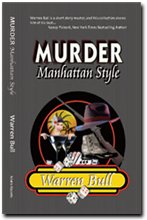 A big thanks to Warren Bull. He’ll give away a paperback copy of Murder Manhattan Style to someone who contributes a comment on my blog this week. I’ll choose the winner from among those who comment by Friday at 6 p.m. ET. Delivery is available in the US only.
A big thanks to Warren Bull. He’ll give away a paperback copy of Murder Manhattan Style to someone who contributes a comment on my blog this week. I’ll choose the winner from among those who comment by Friday at 6 p.m. ET. Delivery is available in the US only.
**********
Did you like what you read? Learn about downloads, discounts, and special offers from Relevant History authors and Suzanne Adair. Subscribe to Suzanne’s free newsletter.

